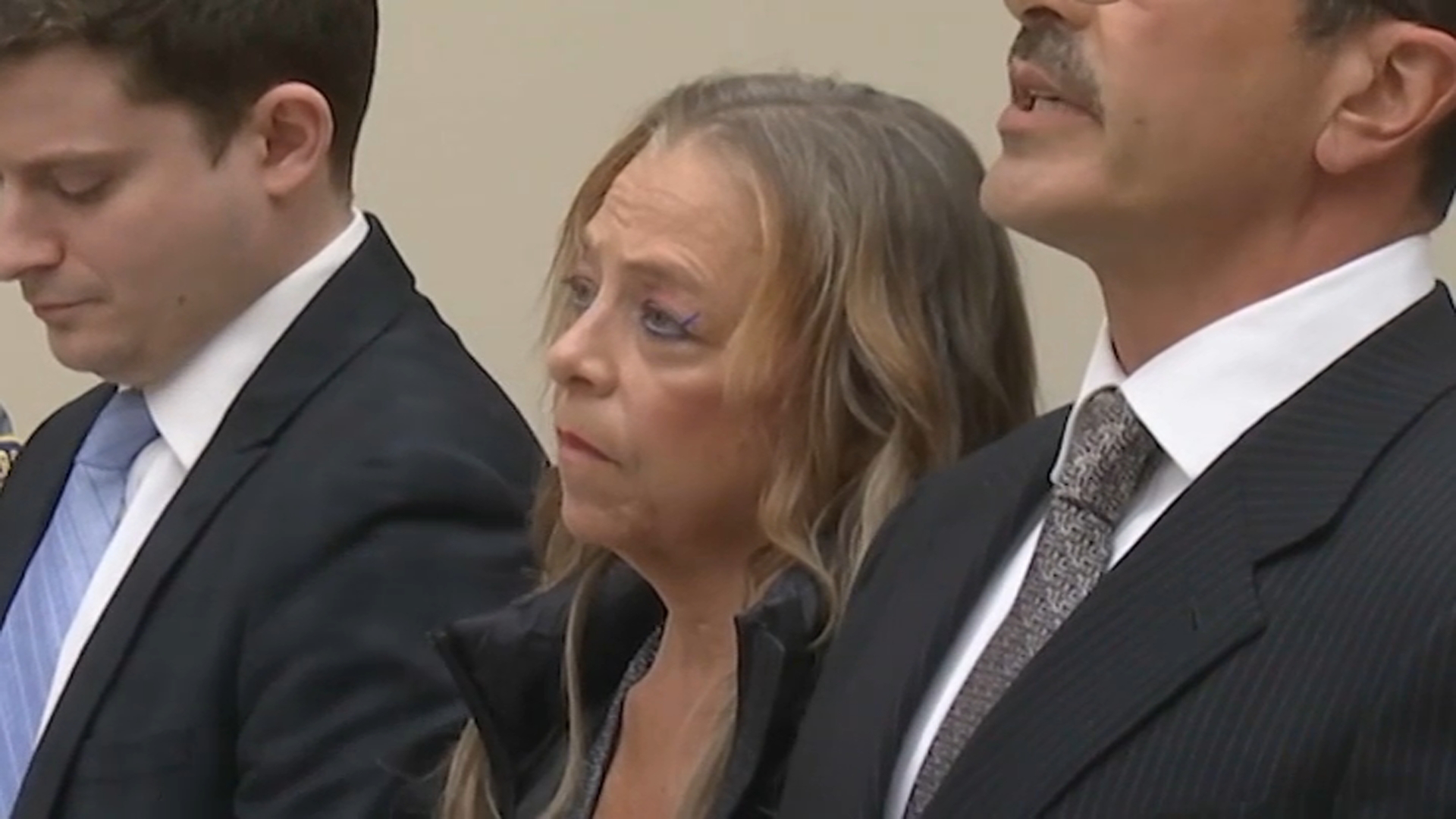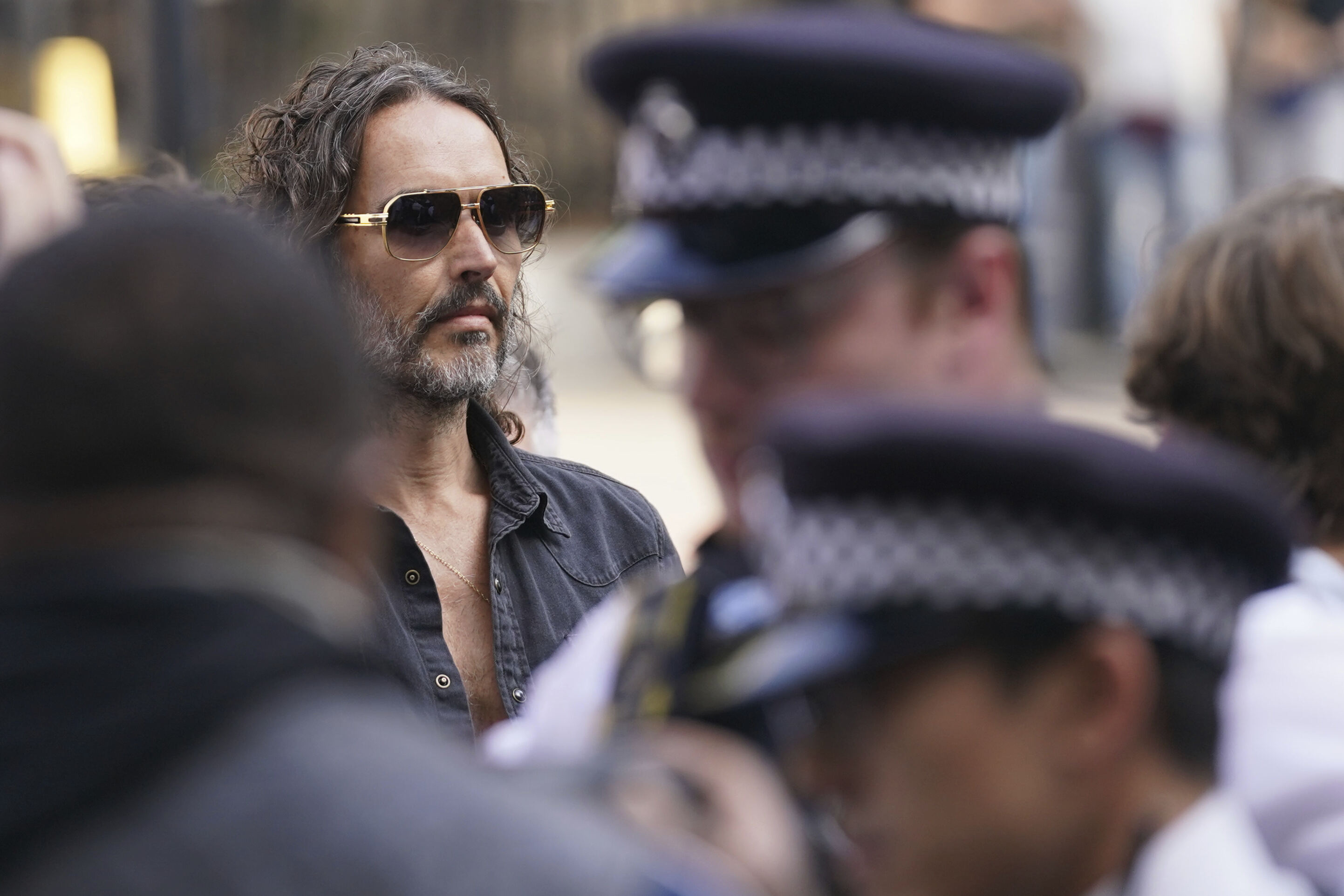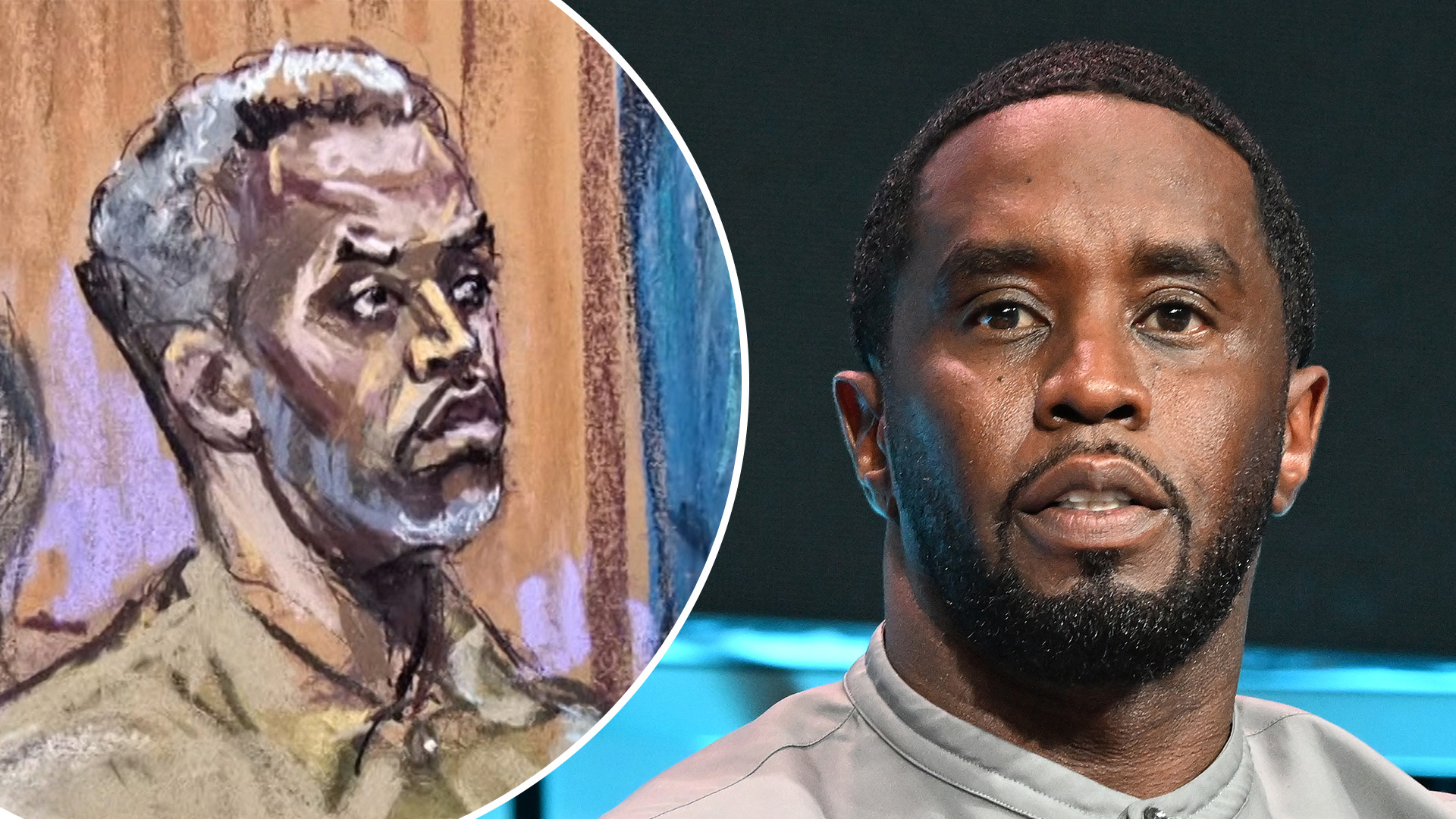Stepmom Accused of Captivity: Fight for Possessions Heats Up
Stepmom's Plea: Fight to Reclaim Possessions in Chilling Captivity Case
Introduction: A Twisted Tale of Captivity and Contention
The case of Kimberly Sullivan, a 56-year-old woman accused of holding her stepson captive for two decades in their Waterbury home, continues to unfold with shocking twists. While the victim, identified only as "S," begins his journey of recovery, Sullivan's attorney is now petitioning the court to allow her to return to the scene of the alleged crime to collect personal belongings, including her cell phone. This request throws another log onto the already blazing fire of public scrutiny. Is this a reasonable request or an attempt to further complicate a deeply disturbing situation? Let's dive into the details of this captivating case.
The Allegations: A Horrific Account of Captivity
Kimberly Sullivan faces serious charges, including kidnapping, stemming from the alleged captivity of her stepson. The nightmare reportedly began years ago, trapping "S" in a life of isolation and deprivation. The details that have emerged paint a grim picture, raising questions about how such a situation could persist for so long without intervention.
The Rescue: A Fire Ignites Freedom
It was a fire at the family's Blake Street home that ultimately led to "S"'s rescue in February. In a desperate act, he allegedly set the fire himself, hoping to escape the confines of his alleged prison. The fire department responded to the scene, uncovering a shocking discovery.
The Victim: "S"'s Road to Recovery
When authorities found "S," his condition was alarming. At 5'9" tall, he weighed a mere 68 pounds, indicating severe malnourishment. Understandably, he is now receiving intensive medical care and support to help him regain his health and independence.
A Statement of Gratitude: "I'm Better and Stronger"
In a recent public statement, "S" expressed his gratitude for the care he's receiving and acknowledged his progress. "I'm already better and stronger than I way," he stated, offering a glimmer of hope amidst the darkness of his past.
The Legal Battle: Seeking to Reclaim Possessions
The latest development in the case revolves around Sullivan's attorney's request to allow her access to her home to retrieve her possessions. This request raises several legal and ethical questions. Is it appropriate to allow someone accused of such serious crimes access to the scene of the alleged crime? What implications could this have for the ongoing investigation?
The Rationale: Why the Request?
The specific rationale behind the attorney's request is not explicitly stated. However, it is common for defendants to want access to their personal belongings, especially items like cell phones that may contain important information or contacts. From a legal standpoint, everyone, even those accused of serious crimes, have certain rights that must be respected.
The Prosecution's Perspective: Likely Resistance
It is highly probable that the prosecution will strongly oppose Sullivan's request. Allowing her access to the home could potentially compromise evidence or provide her with an opportunity to tamper with the scene. The prosecution's primary focus will be on ensuring a fair and just trial and protecting the victim.
The Court's Decision: Weighing the Factors
Ultimately, the decision rests with the court. The judge will need to carefully weigh the defendant's rights against the potential risks to the investigation and the well-being of the victim. This is a delicate balancing act that requires careful consideration of all the available information.
The Public Outcry: Justice Demanded
The case has sparked significant public outrage, with many demanding justice for "S." The details of the alleged captivity have shocked and disturbed people around the world, fueling calls for a thorough investigation and appropriate punishment for the perpetrator.
The Broader Implications: A Spotlight on Domestic Abuse
This case serves as a stark reminder of the prevalence of domestic abuse and the importance of intervention. While the specifics of this case are extreme, it highlights the potential for abuse to occur within families and the need for vigilance and support for victims.
Recognizing the Signs: What to Look For
It's crucial to be aware of the signs of domestic abuse, which can include:
- Physical violence
- Emotional abuse
- Isolation from friends and family
- Controlling behavior
- Financial abuse
How to Help: Resources and Support
If you suspect someone is being abused, it's important to offer support and connect them with resources, such as:
- Local domestic violence shelters
- Hotlines and crisis centers
- Therapists and counselors
- Legal aid organizations
The Ongoing Investigation: Unraveling the Truth
The investigation into the alleged captivity is ongoing, with authorities working to piece together the events that led to "S"'s rescue. They are likely gathering evidence, interviewing witnesses, and analyzing forensic data to build a strong case against Sullivan. What other secrets will the investigation unearth?
The Trial: A Quest for Justice
The case is expected to go to trial, where Sullivan will face the charges against her. The trial will be a complex and emotionally charged event, with both sides presenting their evidence and arguments. The outcome will have a profound impact on the lives of all involved.
The Long Road Ahead: "S"'s Journey to Healing
Even after the legal proceedings conclude, "S" will face a long and challenging road to healing. Recovering from years of alleged captivity will require extensive therapy, support, and time. His resilience and determination will be crucial in overcoming the trauma he has endured.
Conclusion: Justice and Recovery
The case of Kimberly Sullivan and her stepson "S" is a deeply troubling and complex situation. While Sullivan fights for the right to retrieve her possessions, the focus remains on seeking justice for "S" and supporting his ongoing recovery. This case underscores the importance of vigilance against domestic abuse and the need for comprehensive support systems for victims.
Frequently Asked Questions
Here are some frequently asked questions about this case:
- What charges does Kimberly Sullivan face?
Kimberly Sullivan has been charged with kidnapping and other related charges connected to the alleged captivity of her stepson.
- How was "S" rescued?
"S" was rescued from a fire at the family home. He allegedly started the fire himself as a desperate attempt to escape his captivity.
- What is "S"'s current condition?
"S" was found malnourished and underweight. He is currently receiving medical care and support and has stated that he is "better and stronger."
- Why is Sullivan's attorney requesting access to the home?
The attorney is seeking to allow Sullivan to return to the home to collect personal possessions, including her cell phone.
- What kind of support is available for victims of domestic abuse?
Support includes domestic violence shelters, hotlines, therapists, counselors, and legal aid organizations.



